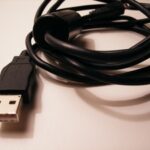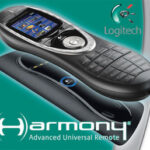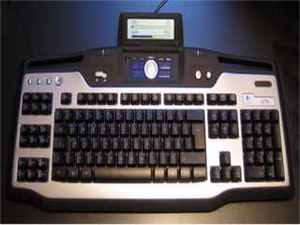As computers grow and evolve, so do the tools for inputting information into computers. Ports are holes in computers where one can connect various external devices such as mice, keyboards, and USB devices to add extra functions to computers. As time has passed, ports have become more advanced, and more functional across a wider array of devices.
There are many different types of ports, each with its own purpose. A USB (Universal Service Bus) port provides a standard for connecting devices that are more optional to computer use, such as scanners and cameras. Similarly, a USB 2 port is a new, high speed version of USB, and allows quicker transfer of data, with up to 480Mbits/sec. A parallel port is an older kind of port that came before USB and uses a 25-pin connector to connect peripherals such as printers to the computer. It is used with devices that need relatively high bandwidth. Similarly, a serial port is a serial communication physical interface through which information transfers in or out one bit at a time. Throughout most of the history of computers, data transferred through serial ports included devices such as terminals or modems. Mice, keyboards, and other peripheral devices also connected in this way. This technology has also been primarily replaced.
Game or Joystick ports are traditional connectors for video game input devices, such as joysticks, on PCs. The game port is usually integrated with a PC I/O or sound card, or as an on-board feature of some motherboards. Recently, USB has become an alternate means of connecting game input devices to computers. The PS/2 port is the current means of connecting a keyboard and a mouse to a computer. Its name comes from the IBM Personal System/2 series of computers, with which it was introduced in 1987. A monitor port is connected to the computer’s video card and is used to connect the monitor to the computer in order to display data. Lastly, a FireWire, or IEEE 1394 port is a serial bus interface standard created by Apple in competition with USB 2, offering high-speed communications between computer and peripheral device. Its advantage over other types of ports is its lower cost and simplified, more adaptable cabling system. It has been adopted as the High Definition Audio-Video Network Alliance standard connection interface for audio/visual component communication and control. FireWire is also available in wireless, fiber optic and coaxial versions. USB 2 and FireWire together are the newest types of ports, and can be used to connect almost any type of peripheral, since they are both created to be universally usable, and to transfer data at much faster speeds then other ports.
Both FireWire and USB (and USB 2) have the potential to replace all other ports because they allow for the connecting of many different devices using the same male and female plug-ins. Since almost all computers come with USB, FireWire, or both, this port could be used to transfer any data from the peripheral to the computer. By simply installing drivers for the devices one connects on one’s computer, the computer can easily interpret data coming in from a USB or FireWire port, no matter what the peripheral is. This is different from other ports because, in the past, different peripherals all required different ports in order to be connected and understood by the computer. For example, there is a specific port for a mouse, a specific port for a keyboard, and a specific port for a monitor. There are many new peripheral devices that use USB ports to mimic the functions of well known peripherals that use legacy ports. For example, there are many mouse peripherals that now connect through USB ports. There are also many keyboards that connect through the USB port. Wireless keyboards almost always use a receiver plugged into a USB slot because it is much less complicated than it would be using a wireless device with a serial port. The same is true for monitors, game input devices, and even speakers. There are USB and FireWire adapters available that allow the connection of devices that connect through serial, parallel, and other many other legacy ports. By becoming a universal standard for peripheral connection, USB and FireWire have gained the ability to eventually replace all other ports.






